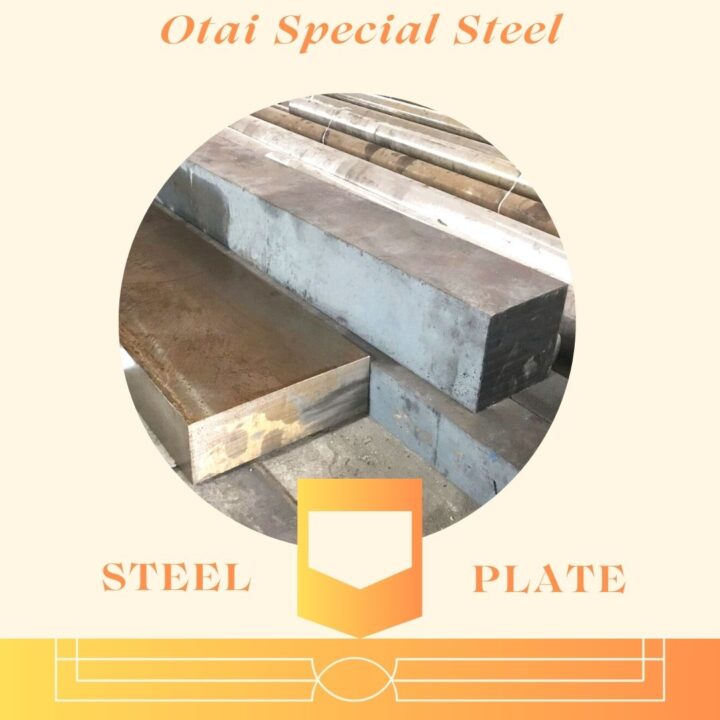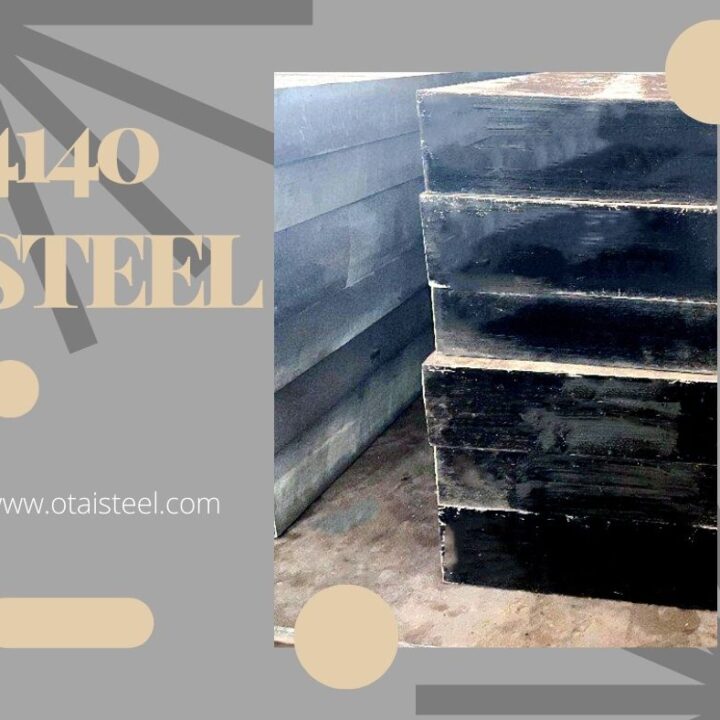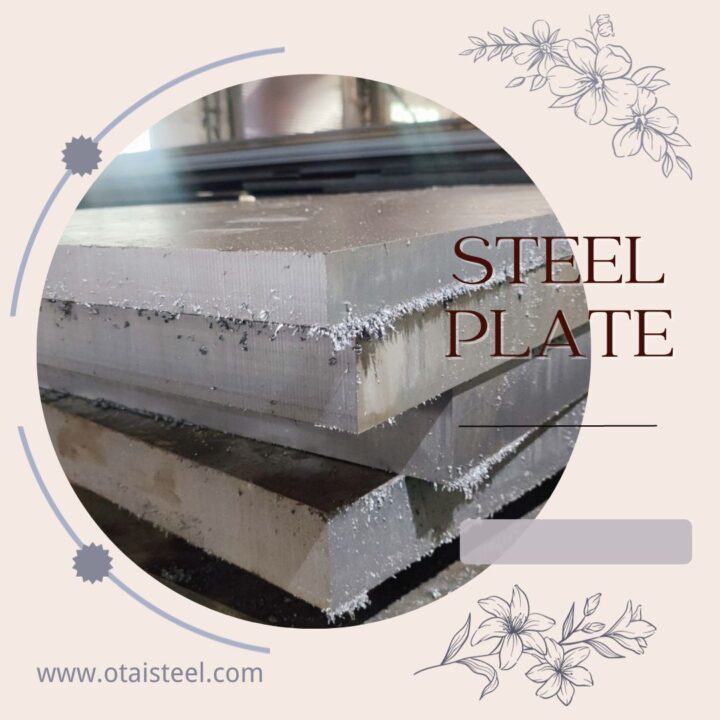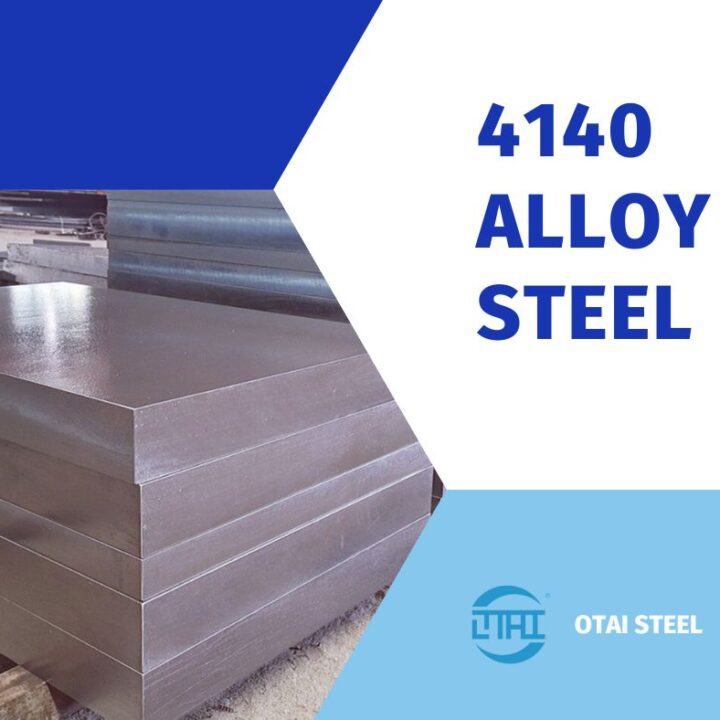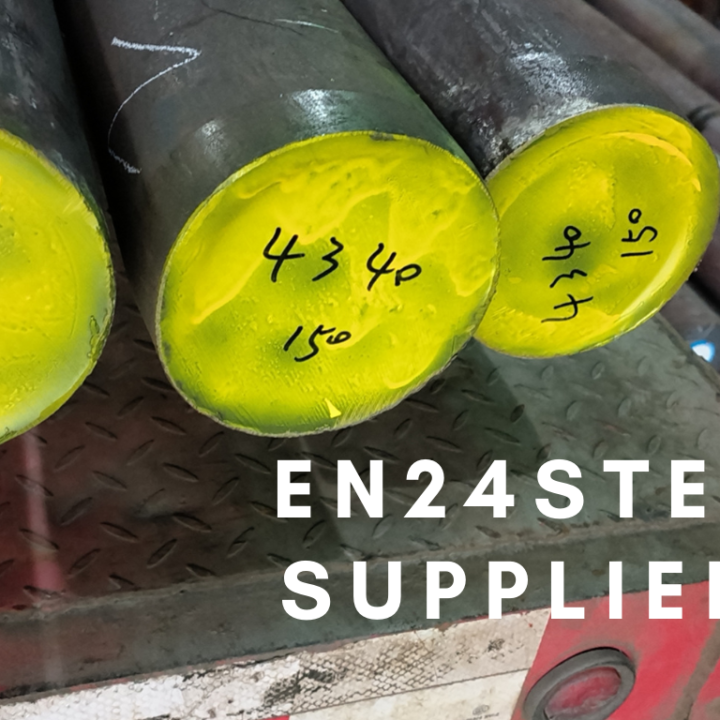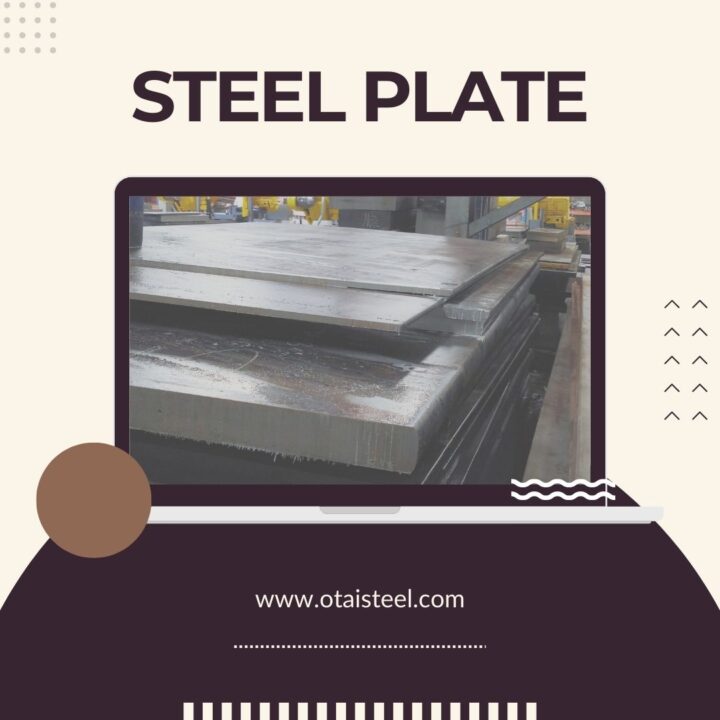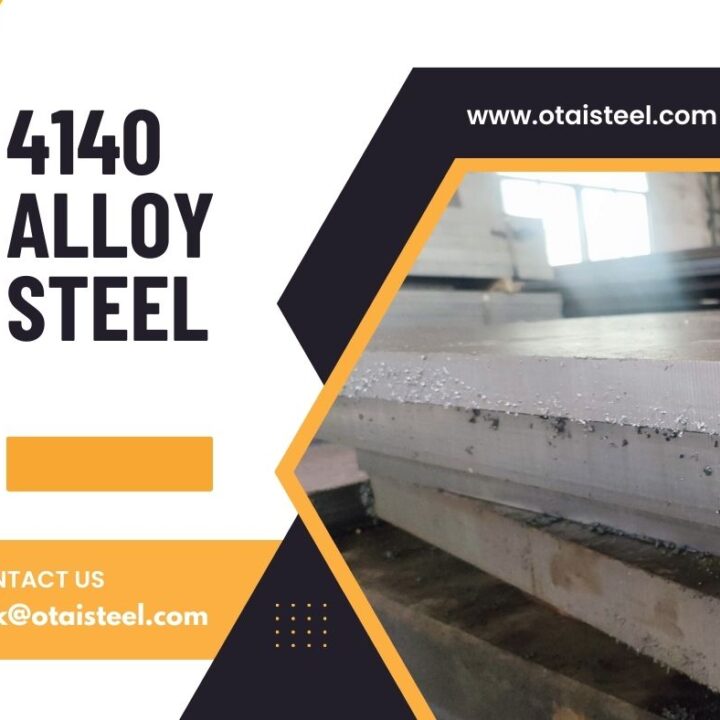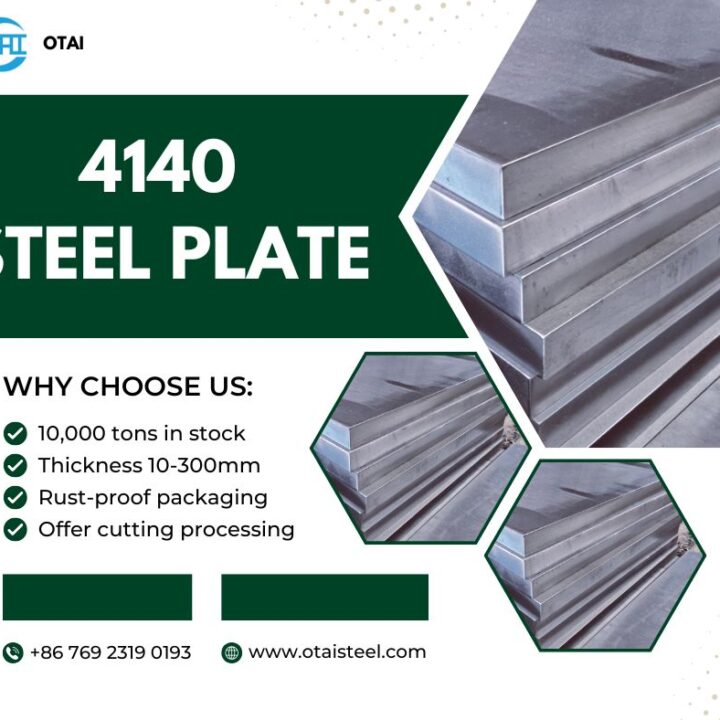Quenching is a critical step in the heat treatment of steel, including 4140 steel, to achieve the desired mechanical properties and enhance its performance in various applications. The choice of cooling media during quenching significantly influences the microstructure and properties of the steel. (different cooling media on the 4140 steel)
Understanding Quenching and its Importance in Steel Heat Treatment
- The Heat Treatment Process
Heat treatment involves a series of controlled heating and cooling processes to alter the microstructure of steel, affecting its hardness, strength, and toughness.
- Importance of Quenching
Quenching is a critical stage in heat treatment, where the steel is rapidly cooled to achieve a martensitic microstructure, imparting high hardness and strength.
The Role of Cooling Media in Quenching
- Cooling Rate and Transformation Kinetics
The cooling rate during quenching determines the microstructural changes and influences the mechanical properties of the steel.
- Common Cooling Media
Various cooling media, such as water, oil, and polymers, are used in quenching 4140 steel, each offering distinct cooling rates and resulting in different material properties.
Water Quenching
- Rapid Cooling Rate
Water quenching provides the fastest cooling rate among common cooling media, leading to high hardness in the steel.
- Formation of Martensite
The rapid cooling in water quenching promotes the formation of a martensitic microstructure, resulting in increased hardness but higher risk of cracking.
Oil Quenching
- Moderate Cooling Rate
Oil quenching offers a moderate cooling rate, striking a balance between hardness and reduced risk of cracking.
- Transformation to Bainite
The slower cooling rate in oil quenching promotes the formation of bainitic microstructure, resulting in a combination of hardness and toughness.
Polymer Quenching
- Controlled Cooling Rate
Polymer quenching allows for further control of the cooling rate, tailored to specific requirements for hardness and microstructure.
- Enhanced Toughness
The controlled cooling in polymer quenching contributes to improved toughness compared to water or oil quenching.
Comparison of Cooling Media in Quenching 4140 Steel
- Microstructure Variation
The different cooling media result in varying microstructures, influencing the steel’s mechanical properties.
- Hardness Comparison
Water quenching yields the highest hardness, followed by oil quenching and then polymer quenching.
- Toughness Consideration
Polymer quenching provides the highest toughness, while oil quenching offers a balance between hardness and toughness.
Microstructure and Hardness Variation
The cooling rate of different media impacts the formation of microstructures, resulting in variations in hardness and strength.
Impact on Mechanical Properties
The choice of cooling media influences the mechanical properties of quenched 4140 steel, affecting its suitability for specific applications.
Distortion and Residual Stress Considerations
Rapid cooling in water quenching may cause distortion and residual stresses in the steel, requiring post-quenching treatments to address these issues.
Achieving Optimal Quenching Results
The optimal cooling media and quenching parameters must be determined through experimentation and consideration of the desired material properties.
Safety Measures during Quenching Process
Quenching involves handling hot materials and cooling media, necessitating proper safety precautions to prevent accidents and ensure a safe working environment.
Understanding the impact of cooling media on quenching results is vital in optimizing the material properties of 4140 steel, making it suitable for a wide range of applications. (different cooling media on the 4140 steel)
